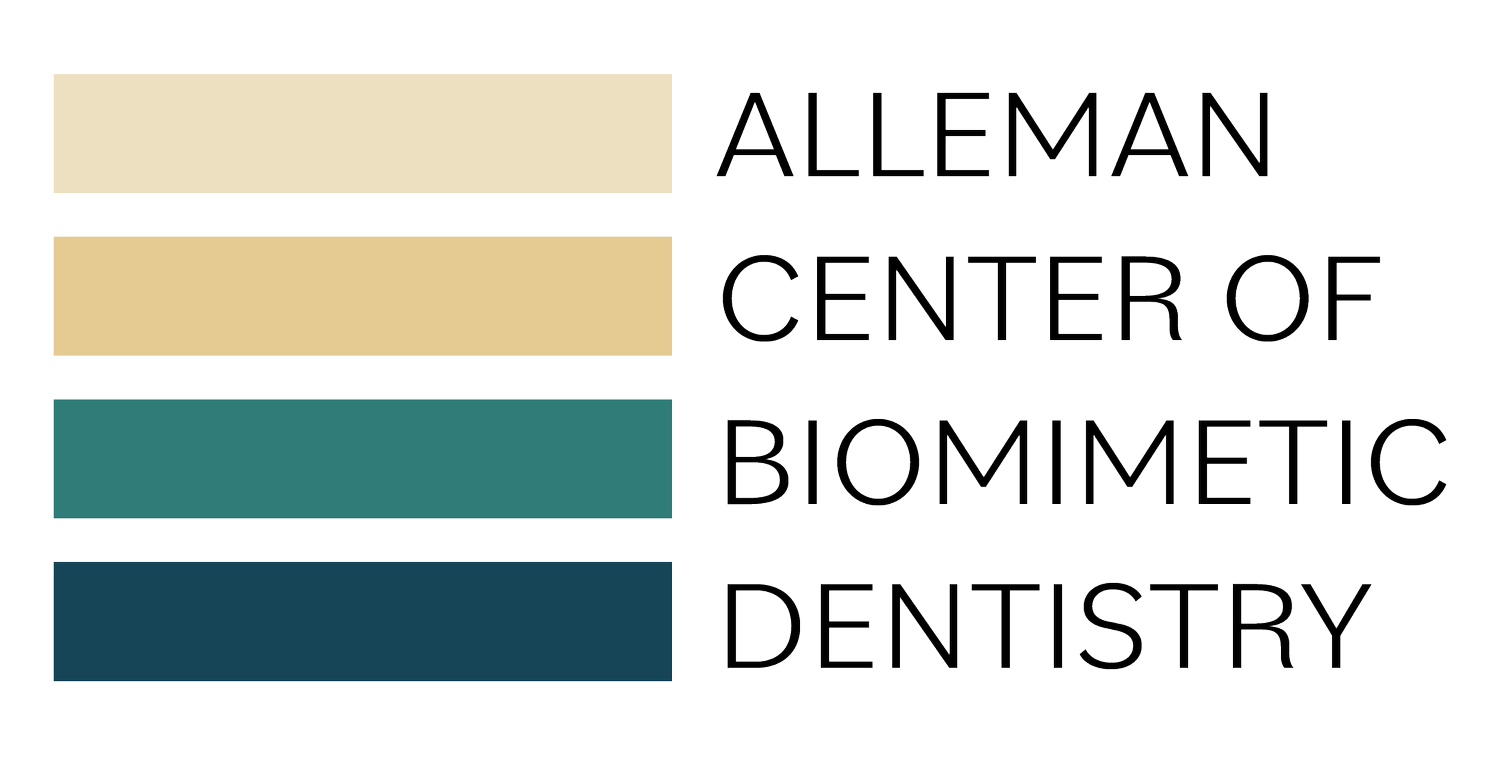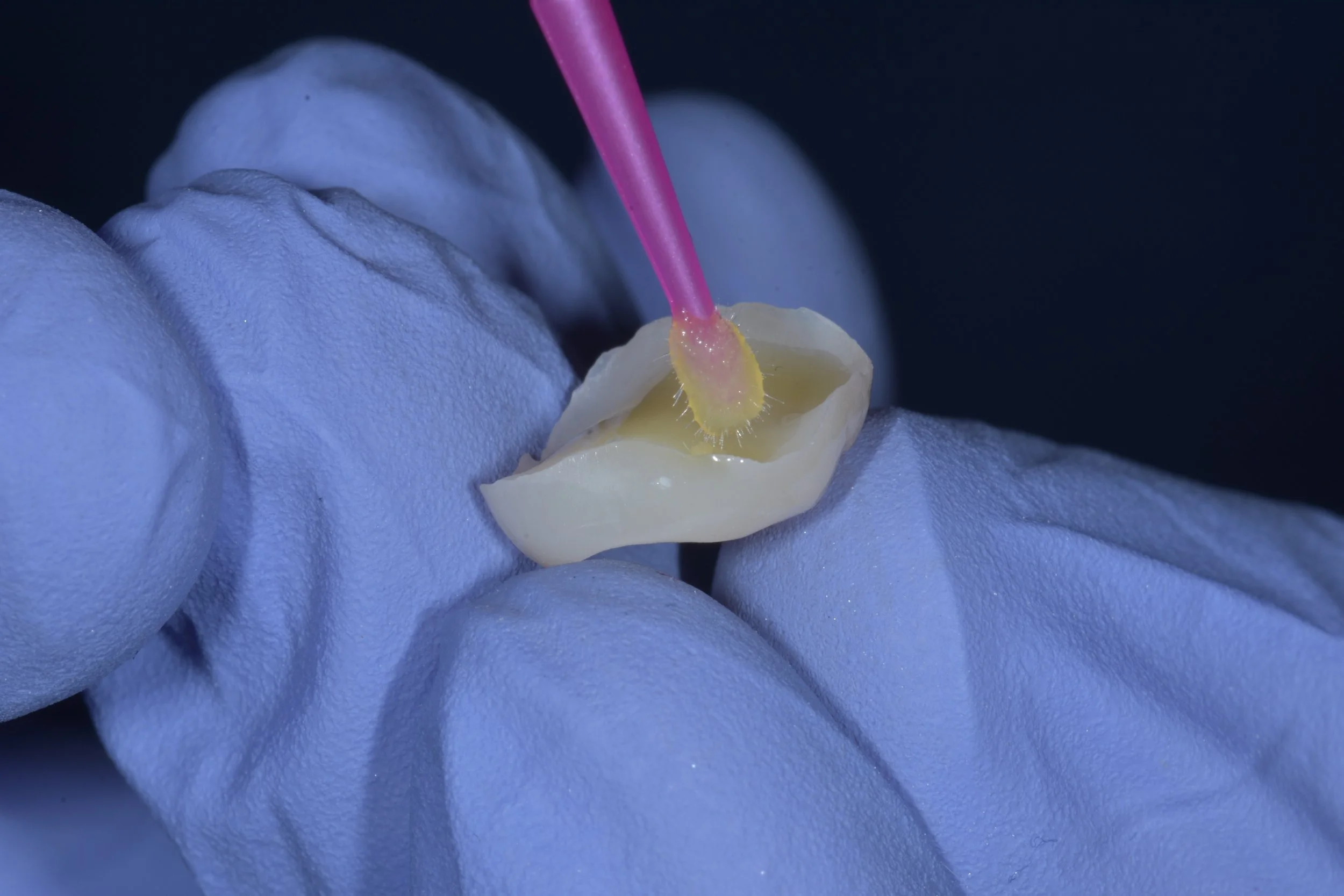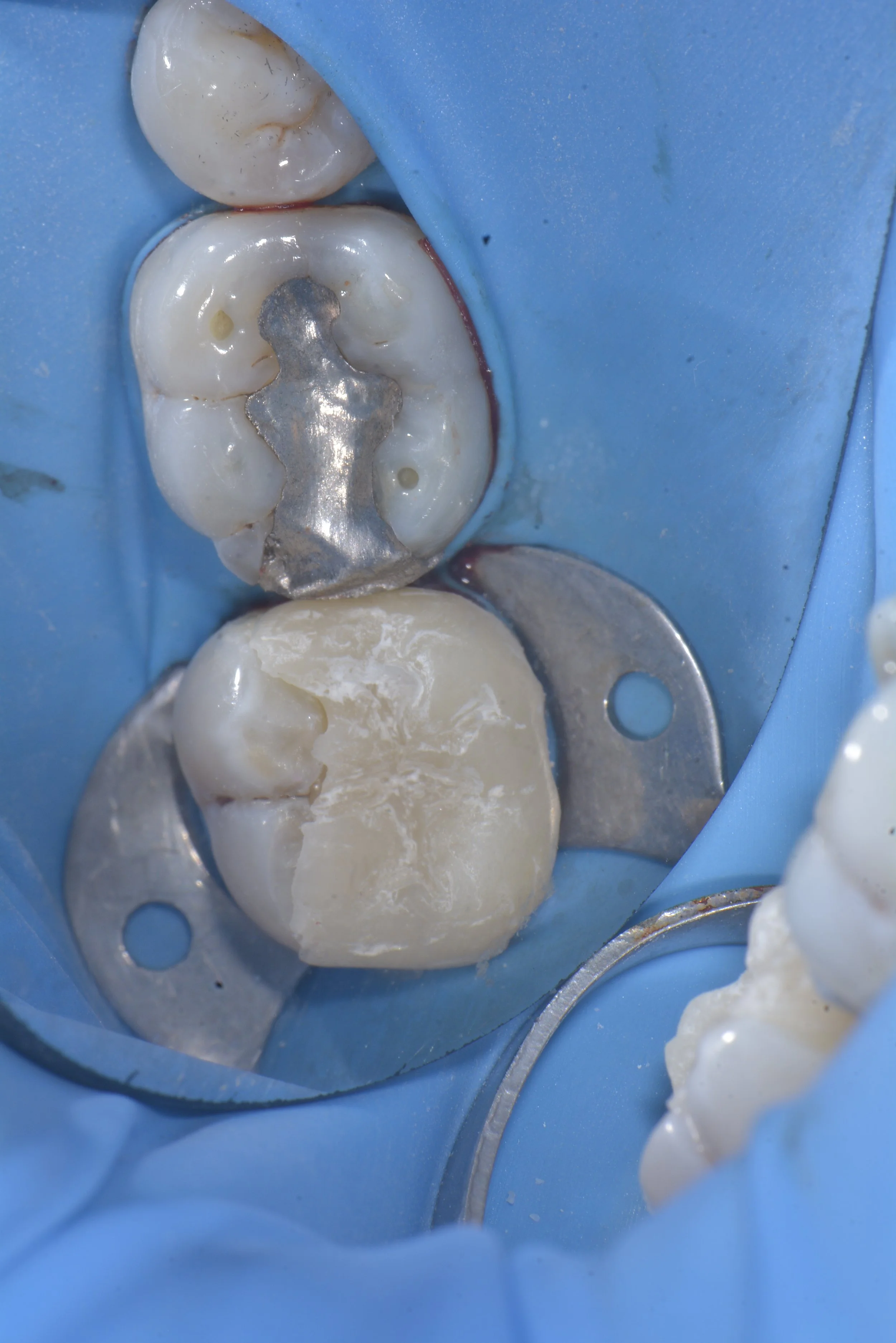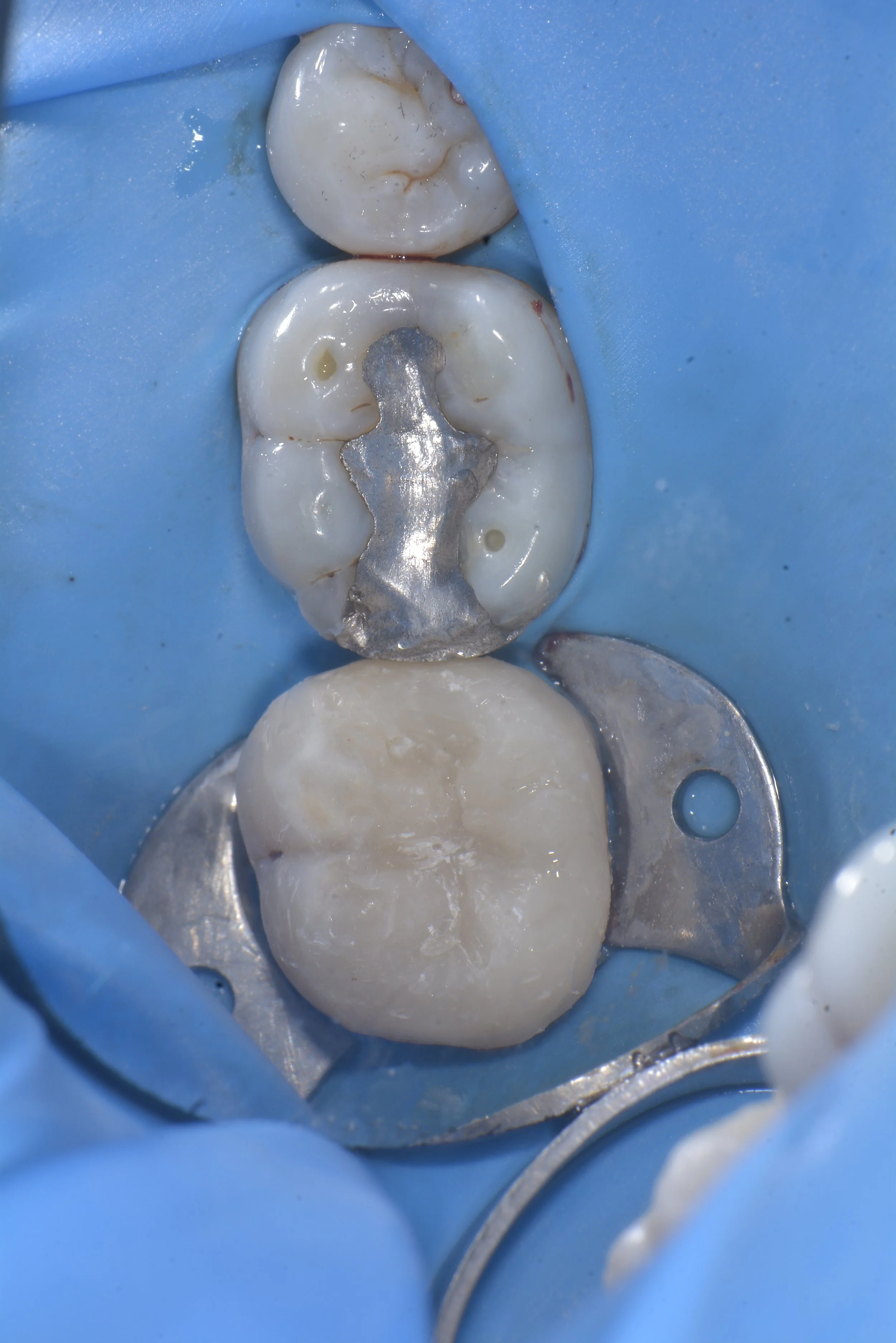Dental Onlays, Inlays and Overlays: Predictable Fabrication and Bonding Guide
Onlays, inlays and overlays are becoming increasingly popular for practitioners and patients alike. Customizable to any prep design, these adaptable enamel replacements allow for more minimally invasive treatments that conserve tooth structure, rather than requiring a traditional retention preparation.
Onlays are easily customizable to a patient’s needs. Photo by Dr. Davey Alleman, DMD.
What are onlays, inlays and overlays?
Onlays, inlays and overlays are enamel replacements for restored teeth. As clarified in their names, onlays replace one or more onlayed cusps, overlays replace all missing cusps and inlays sit between the natural cusps. They serve as the enamel replacement for the tooth, filling the same role as a traditional filling or crown but with greater adaptability and potential longevity. Onlays, inlays and overlays replace missing tooth structure that had to be removed from pathologies and restores the occlusal surface of the tooth. They can be made from composite, ceramic or other materials.
Intraoral onlay try-in and final photos. Case by Dr. Davey Alleman, DMD.
Benefits of onlays, inlays and overlays
Onlays, inlays and overlays have a number of benefits over traditional fillings, retention crowns and bulk-fill options. In addition to being highly adaptable, with proper bonding protocols this type of enamel replacement can benefit a tooth’s long-term health.
Minimally invasive preparations: Onlays, inlays and overlays are bonded, as opposed to requiring mechanical retention, so their shape is endlessly customizable to a tooth. This means that after pathologies have been treated, remaining healthy tooth structure is conserved rather than cut down for a mechanical retention preparation. This maintains tooth structure that is essential to a tooth’s natural function and preserves the tooth’s health long-term.
Support remaining tooth structure: Poorly bonded and mechanically retained restorations fail to support remaining tooth structure and, in some cases, cause additional damage because of how they move in relation to the natural tooth. Onlays, inlays and overlays have the potential to be bonded to the tooth at a strength that supports the remaining tooth structure, connecting the restored tooth side-to-side, top-to-bottom and front-to-back like a natural tooth. Under the forces of occlusion, this allows the restored tooth to function together, bending and flexing as a cohesive unit.
Flexible fabrication options: While a number of enamel replacement options exist for practitioners, we recommend composite or ceramic for their functional similarities to natural enamel. This gives practitioners flexibility for fabrication, whether they have in-office milling machines, work with a lab or make their own semi-direct or in-direct enamel replacements.
This old retention form amalgam filling caused the surrounding tooth structure to crack. The biomimetic onlay conserves critical tooth structure compared to full coverage crowns that destroy the biorim. Case by Dr. Davey Alleman, DMD.
Challenges for practitioners
The biggest challenge most practitioners have with onlays, inlays and overlays is bonding the restoration to the natural tooth structure. Because these restorations are not mechanically retained, the bond to dentin is essential for a long-lasting restoration. Debonding or failing restorations can result from:
Contaminated bonding field: Salivary contamination is another variable that can decrease bond strengths. Isolation during bonding, like with a rubber dam, can improve bond strengths for your enamel replacement.
Inconsistent bonding field: Predictable bonds come from a predictable bonding field. If caries is left in the bonding field, this can decrease bond strengths by up to 70%. Technologies like caries detector dye or DIAGNOdent are two options to verify a caries-free bonding field.
Cracks in dentin: Cracks around the pulp chamber must be removed before bonding your enamel replacement, otherwise they will continue to propagate into the remaining tooth structure and into the enamel replacement.
Hybrid layer degradation: Using a simplified bonding system or using the wrong conditioning techniques can lead to hybrid layer degradation over time. Understanding how gold standard bonding systems interact with dentin and the techniques to maximize their effectiveness will improve long-term bonds.
This case by Dr. Davey Alleman, DMD shows the complexities of adhesive dentistry, having to consider cracks, decay and various dentinal substrates when bonding to a tooth.
Predictable protocols for onlays, inlays and overlays
Dr. David Alleman created his Six Lessons Approach to give doctors a versatile system for predictable bonding. Frustrated with the failures of early adhesive dentistry, he created a set of protocols to specifically address the post-operative sensitivity and debonded restorations he experienced, despite following manufacturer instructions.
The Six Lessons Approach addresses the confounding variables practitioners encounter that aren’t addressed in manufacturer instructions. This eliminates inconsistent outcomes caused by the deep defects you treat each week. Learn more at upcoming Alleman Center dental continuing education programs.
Learn more about enamel replacement materials in this Six Lessons Approach Podcast episode with Dr. David Alleman, DDS.




















